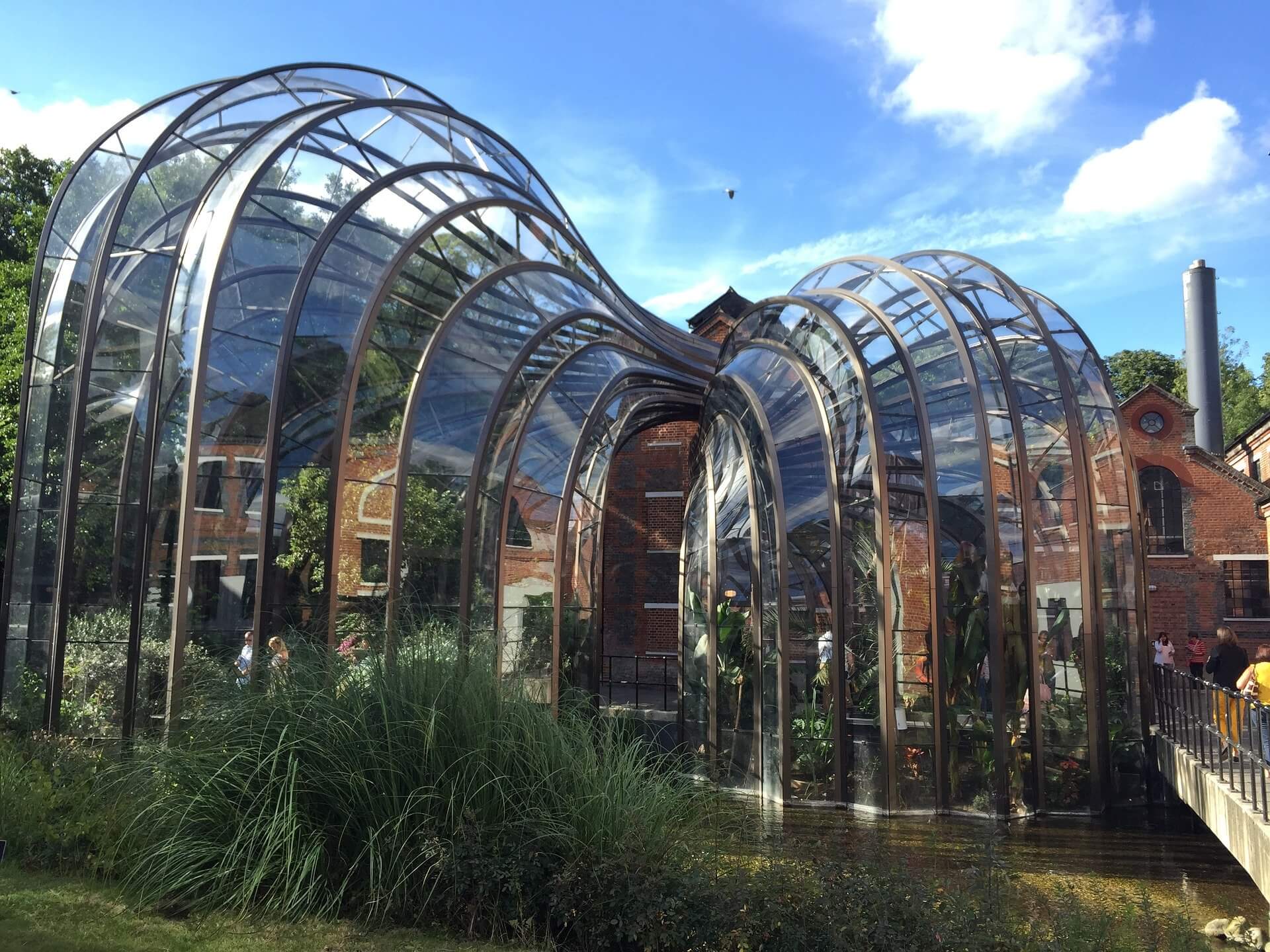Indeed designers think differently. They are able to visualise what has never been, turning thoughts or briefs into the tangible. They stay curious, ask questions and steadily broaden their knowledge and experience. Studies have shown that curiosity primes the brain so we learn faster, it enables us to discover and embrace the unfamiliar and becomes stronger the more we use it. It opens up more,’ out of the box’ thinking and ideas. Most impressively, it means great designers are extremely versatile.
As a child, Thomas Heatherwick frequently worked on inventions, anything from mechanical birthday cards to go-karts. He gained a degree in 3-D design from Manchester Polytechnic, then went on to study a Furniture MA program at the Royal Academy of Art. Here he met designer Terence Conran who came to give a talk and becoming his mentor after seeing his plan for a gazebo made for his degree project. Upon graduating, he established the Thomas Heatherwick Studio. Conran asked him to make an interior display for the Conran Shop, and this led to his first public commission. Mary Portas saw the display stand, and commissioned him to make a window display for the 1997 London Fashion Week at the Harvey Nichols department store.



